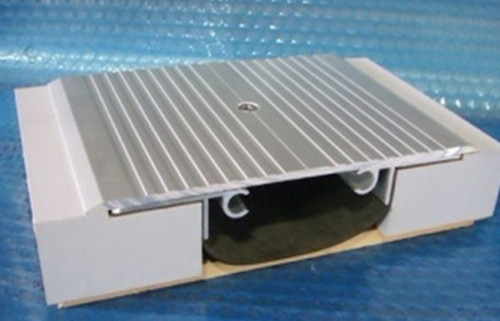The building will be deformed or even destroyed under the influence of the outside world. However, deformation joints will be reserved for this type of construction joints. At the same time, the construction plan will also require structural treatment for deformation joints. The general practice is to use galvanized iron or aluminum plate on-site processing, construction is simple and rough, not only beautiful and short life, but this technology can no longer meet the development needs of the construction industry. The next small series for everyone to introduce what is the deformation joints and deformation joints. What is deformation joint What is a deformation joint is not unfamiliar to a friend of construction engineering. Deformation joint is actually the general name of expansion joints. Buildings will be affected by other factors such as temperature changes, different loads on various parts of the building, differences in the structure of adjacent parts of the building, differences in the bearing capacity of the foundation and earthquakes, etc. All this will cause the building to be deformed, cracked, and lead to structural damage. This type of joint, which separates buildings vertically, is called a deformation joint. What are the deformation sewing methods? Deformation joints are mainly required for construction convenience, adaptation to deformation, and easy maintenance. However, the expansion joints on the external walls require elastic, hydrophobic, and difficult-to-extend materials to fill the gaps. Commonly used materials are asphalt, hemp, impregnated asphalt, neoprene, and foam. The seams must also be covered with galvanized iron sheet, aluminum sheet or plastic sheet. The interior wall can be different according to the interior decoration of the expansion joint, and can be selected from wood, plastic board, metal board, etc. The expansion joints on the roof shall be covered with galvanized iron sheet, aluminum sheet or prefabricated reinforced concrete slabs for waterproofing. Expansion joints in underground buildings, basements, etc. are often covered with glass cloth felt, rubber sheets, galvanized sheet iron, and copper sheets on the outside or bottom of the waterproof structure for waterproofing purposes, and buried or detachable waterstops are used. Belts, fill gaps with bituminous mortar, bitumen hemp, or impregnated bitumen. Deformation joint types 1. Expansion joints: In order to prevent the building parts from thermal expansion and contraction due to temperature changes, cracks appear in the houses. Vertical gaps that are set along the length of the building at regular intervals are called expansion joints, also called temperature joints. 2. Seismic joints: Generally built in houses with seismic intensity of 6 to 9 degrees, in order not to be damaged, the vertical gaps that can be set according to seismic requirements are seismic joints. 3. Settlement joints: Settlement joints are actually designed to prevent the vertical gaps in the housing from being damaged due to uneven bases in all parts of the house. Editor's summary: What are the methods of deformation joints and deformation joints are introduced here, I hope to help everyone. If you want to know more about yourself, you can follow the information on this site. What is deformation joint OTIS Moving Walkways Spare Parts OTIS Moving Walkway Spare Parts, OTIS Moving Walkway Parts CEP Elevator Products ( China ) Co., Ltd. , https://www.china-elevators.com


OTIS Moving Walkways 606 NCT
The sheer number of passengers a commercial Trav-O-Lator® carries, demands that safety has to be the overiding concern. In this respect the Otis 606 NCT's performance is unsurpassed. By way of example, tapered deflectors prevent objects from entering the handrail entry box (a design unique to OTIS). Trolleys can be transported in safety. And the balustrade, with an ideal 1000 mm height at landings, is constructed of 10 mm thick safety glass.